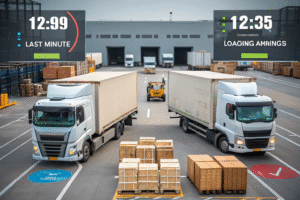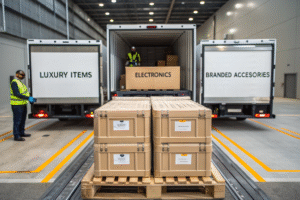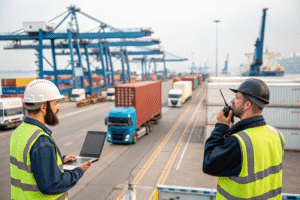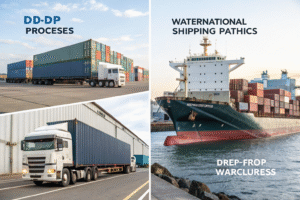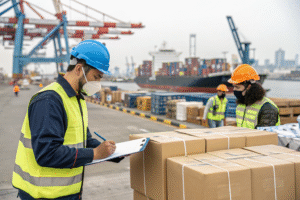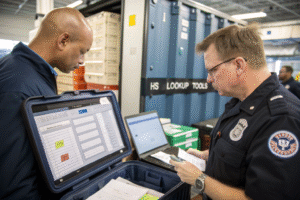Containers are the backbone of global trade — but if you don’t manage them well, they can quickly turn into one of your biggest logistics headaches.
Proper shipping container management helps businesses control costs, avoid penalties, and maximize transport efficiency. Poor planning leads to delays, demurrage charges, and lost profit.
Whether you’re importing a few containers a month or running full-scale operations, container handling strategy can make or break your bottom line.
How poor container management increases shipping costs
Managing containers isn’t just about loading and unloading. Every delay, reroute, or storage mistake can lead to extra fees — and they add up fast.
Poor container management drives up costs by triggering storage penalties, inefficient cargo flow, and missed equipment return deadlines.
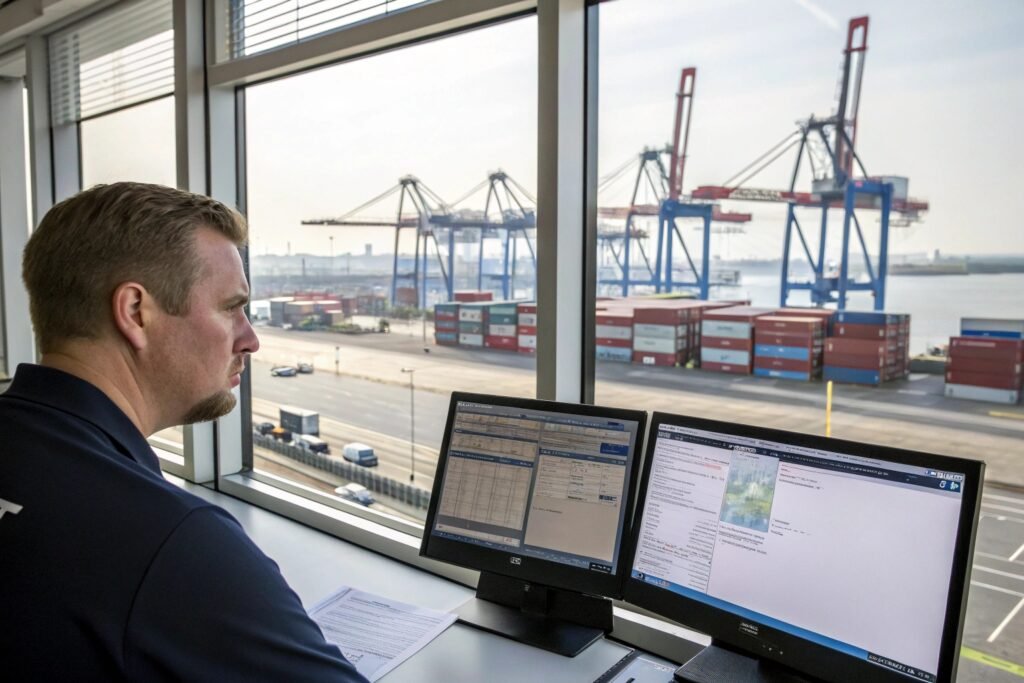
Where do costs spiral?
| Issue | Cost Consequence |
|---|---|
| Late pickup at port | Demurrage fees from $100–$250/day |
| Delayed return to depot | Detention fees, sometimes $150/day |
| Inefficient trucking | Additional trip costs, fuel, and labor |
| Excess idle containers | Increases warehouse congestion |
| Mismanaged booking windows | Missed sailings = rebooking costs |
At GeeseCargo, we helped a client reduce container overhead by 28% in one quarter — simply by optimizing return timelines and consolidating pickups.
What causes poor container flow?
- Lack of container tracking
- Miscommunication between consignee, forwarder, and trucker
- Ignoring port “free time” limits
- Holding containers too long before unloading
These issues often go unnoticed until the invoice shows up — with hundreds or thousands in unnecessary fees.
The role of tracking in efficient container usage
You can’t manage what you can’t see. Real-time tracking ensures you know where your containers are — and when they need action.
Tracking containers across their journey helps importers avoid delays, prepare for delivery, and schedule return pickups on time.

What can you track?
| Tracking Data | Use |
|---|---|
| Container gate-in/gate-out at port | Know free time start and end |
| Vessel departure and ETA | Plan for unloading window |
| Customs clearance progress | Prep for timely pickup |
| Last-mile trucking updates | Prepare labor and space at warehouse |
| Return depot status | Avoid last-minute rejections at full depots |
We offer GeeseCargo clients:
- Container milestone dashboards
- Email alerts for demurrage risk
- WhatsApp notifications for urgent container events
This visibility lets you schedule resources, respond to exceptions, and maintain shipping flow — instead of reacting too late.
How does tech improve container use?
Digital platforms now provide:
- API-based port and terminal status
- GPS tracking on trucks and return movements
- Automated demurrage and detention alerts
- Container lifecycle reports
These tools reduce manual chasing and let your team focus on operations — not firefighting.
Avoiding demurrage and detention fees with planning
Two of the most frustrating and expensive issues in international shipping: demurrage and detention. Both result from poor coordination — and both are avoidable.
Freight forwarders help clients avoid demurrage (port storage) and detention (late container return) by planning pickup windows, monitoring free time, and coordinating returns.
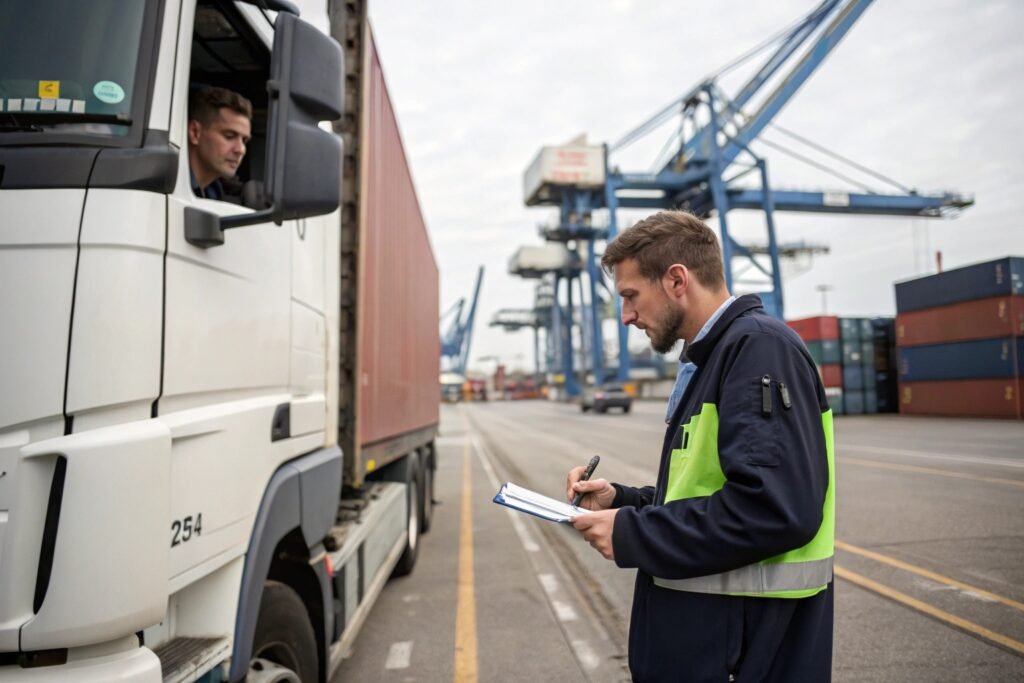
What’s the difference?
| Fee Type | Applies To | Trigger |
|---|---|---|
| Demurrage | Port storage | Container not picked up from terminal in time |
| Detention | Equipment use | Container not returned to carrier depot |
Average costs:
- Demurrage: $150–$300/day after 3–5 free days
- Detention: $100–$200/day after 5–7 days (varies by carrier)
One of our clients saved $2,100 in Q4 just by scheduling pickups within 48 hours of arrival — and pre-booking return drivers.
How to avoid these fees?
- Track free time start and end
- Arrange customs clearance before arrival
- Schedule delivery trucks in advance
- Plan unloading in sync with warehouse team
- Use forwarders who alert you to pickup windows
At GeeseCargo, we monitor container free time on your behalf — and escalate return deadlines before fees hit.
Best practices for container return and reuse
Empty containers are still your responsibility — until they’re returned to the right depot, clean, sealed, and on time.
Returning containers efficiently helps reduce detention fees, avoid carrier penalties, and free up space for the next shipment.
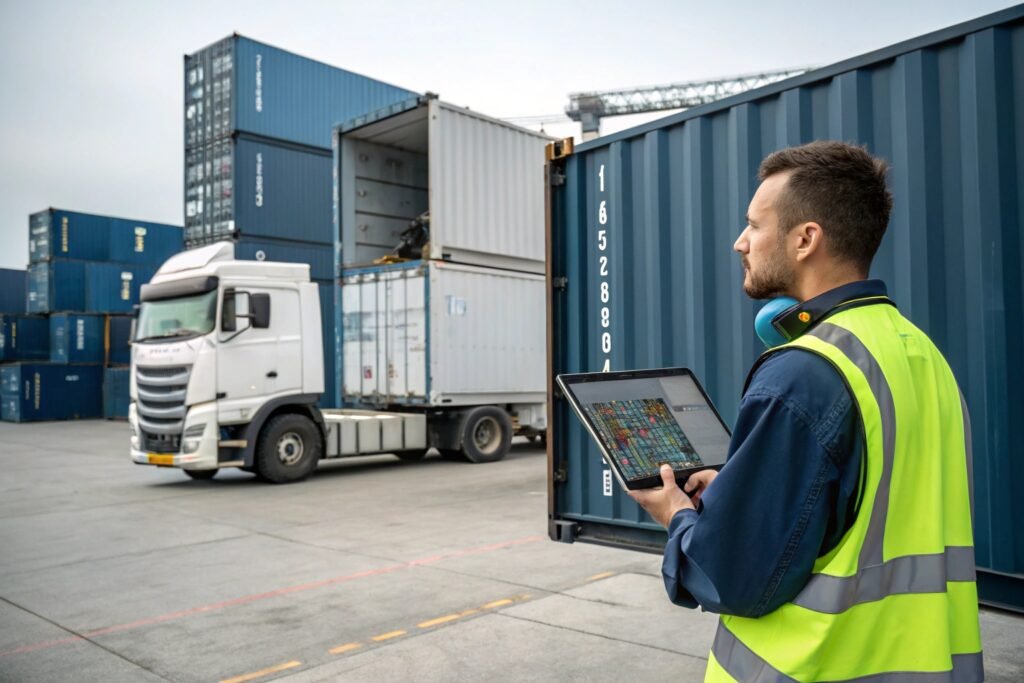
What’s required for proper return?
| Step | Requirement |
|---|---|
| Cleaning | No residue or goods left behind |
| Documentation | Return receipt, gate-out slip |
| Seal Check | Ensure container seal isn’t broken unnecessarily |
| Depot Slot Booking | Pre-book depot appointment when needed |
| Return Location | Return to correct depot as assigned by carrier |
Some carriers charge up to $250 if the container is returned to the wrong location — even if it’s just a few kilometers away.
Can containers be reused for export?
Yes — and it’s a smart move.
Container reuse means taking an import container and reusing it for export — saving on repositioning and trucking.
Benefits:
- Avoids return trip to depot
- Lowers cost of new export container
- Cuts down carbon footprint
We offer container reuse services when our clients ship in and out of similar ports — syncing import/export flows to cut cost and waste.
Conclusion
Shipping containers aren’t just metal boxes — they’re assets that need smart, timely management. By tracking container movement, avoiding demurrage and detention, and planning efficient returns, importers can save thousands and build smoother supply chains. At GeeseCargo, we help you do it right — every step of the way.

